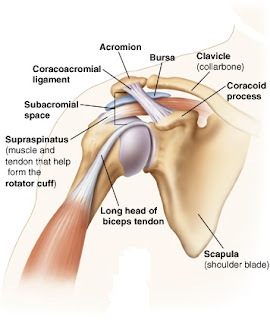TEXT NECK- A tech-induced ailment
Technology has shown marked progress these days, as it provides the ease of communication. The use of tech-based gadgets is growing everyday. Texting, is something we do very frequently and for long hours, the method of texting is holding the mobile phone in hand and looking downwards to the screen, yes! not necessarily to be mentioned! but, the posture we adapt while doing so is the matter of concern here. Not only texting, but surfing internet, playing games, watching videos for hours can also be added to the list of the works we do on the cell phones, tablets or any other wireless gadgets.A closer look at the condition:
L.Fishman, Chiropractic Dean, Florida coined the term TEXT NECK and the phrase “text
neck is an overuse syndrome or a repetitive stress injury, where you have your
head hung forward and down looking at your mobile device for extended periods
of time,”
the human head weighs approximately 10lbs, for every inch of
forward movement of head there is an increase in a 100% weight – again explained
by L.Fishman. the neutral position of the head is between both the ears above
the shoulder.
The condition of text neck is hence caused due to repetitive
stress injury to the neck due to forward movement of the head.
A recent study has shown that the population between the age
of 18-44 have their mobile phones with
them almost all the time
Know that you are suffering from the condition
following symptoms indicate that you are suffering from the
disorder, the condition is observed more
in children,
·
Chronic
headache
·
Shoulder
pain
·
Neck pain
·
Upper
back pain
·
Muscle
spasm
·
Pain may
radiate in arm if a nerve is impinged
·
Increased
curvature of the cervical spine
Solving the problem:
Dr.Fishman created an “app” for the android offering “immediate real time feedback” telling you whether you are standing in a correct posture or not, which is indicated by a green or red light, or a vibration or a beep reminder, whenever you attain a wrong posture. This “app” is used for tracking the posture, which gives you a data to analyze whether your condition is improving.
- The “app”
Dr.Fishman
created an app for the android offering “immediate real time feedback” telling
you whether you are standing in a correct posture or not which is indicated by
a green or a red light, or a vibration or a beep reminder, whenever you attain
a wrong posture. This app is used for tracking the posture, which gives you a
data to analyze whether your condition is improving or not.
- Improving the
posture
Attaining a
mountain pose is the best method to be adopted, try to stand erect and
avoid craning your neck.
- The ergonomics
Avoid the
forward flexed posture of neck and try to keep the neck in neutral position
while reading, driving, texting, working on computer.
Instead of
looking downwards to the screen try to move your screen at your eye level.
The basic exercises
1. chin tucks:
In sitting position, by putting a finger on your chin, try to push your chin backwards. Or in supine lying position (lying straight with head facing the ceiling) on a pillow, try to push the pillow with your head.
2.
Shoulder blades squeeze:
While standing, bring both the shoulders backwards squeezing the triangular shaped bones (scapula) together towards the mid line.
\











Comments